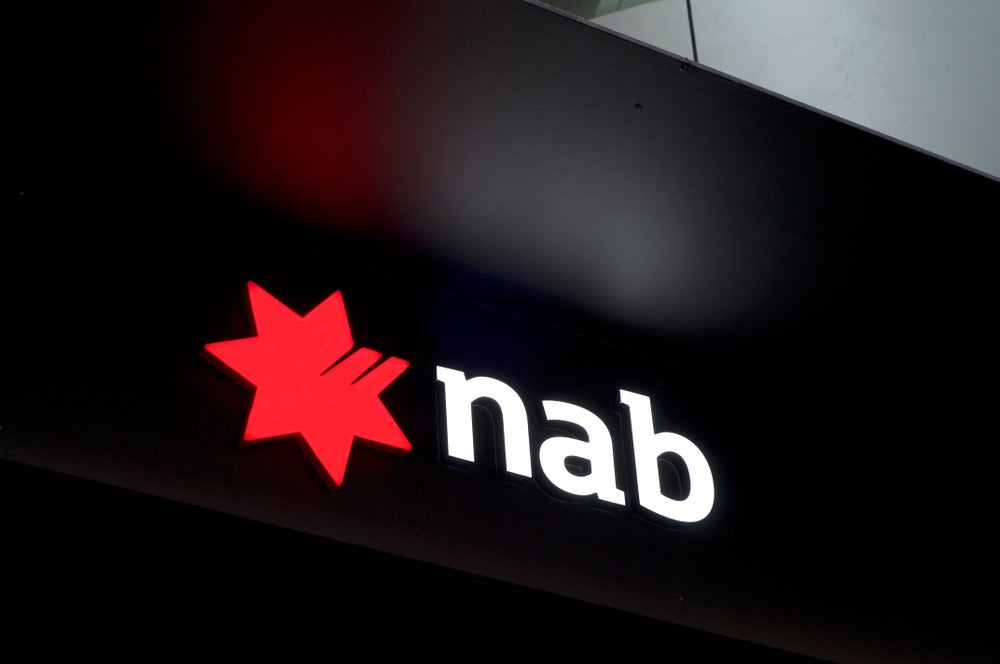Wells Fargo has launched a card
personalisation tool for its customers, allowing them to customise
the design of their credit and debit cards. The bank argues the new
service will strengthen its brand differentiation in the US,
increase card usage and boost its already industry-leading
cross-sell ratio, reports Douglas
Blakey.
Already boasting one of the highest debit and credit
card penetration rates among its retail banking customer base (92
percent and 38 percent, respectively), Wells Fargo has added
another string to its marketing bow with the introduction of a card
personalisation service.
Its Card Design Studio, launched at the end of
January, enables cardholders to put a photo of a friend or family
member, a picture of a pet, an image of a special hobby or a snap
of the customer themselves onto their cards.Customers can also
customise the card background with an image of their choice or one
from Wells Fargo’s image library.
“The reason we launched Wells Fargo Card
Design Studio is two-fold,” the bank’s card product manager, Jesse
Lee, told RBI. “First, our cardholders told us they want to be able
to personalise their cards. Second, by giving our cardholders the
ability to design their cards with their favourite images, we hope
our cards become their payment form of choice.”
And unlike a number of smaller banks and
credit unions which have already rolled out card personalisation,
Wells Fargo is not charging its customers for the service.
For the software vendor, UK-based Serverside,
the deal to supply Wells Fargo with its AllAboutMe web-based
application represents its biggest contract wins to date.
How well do you really know your competitors?
Access the most comprehensive Company Profiles on the market, powered by GlobalData. Save hours of research. Gain competitive edge.

Thank you!
Your download email will arrive shortly
Not ready to buy yet? Download a free sample
We are confident about the unique quality of our Company Profiles. However, we want you to make the most beneficial decision for your business, so we offer a free sample that you can download by submitting the below form
By GlobalDataSince its establishment in 2003, Serverside
has built a strong position in the industry running more than 700
card programmes via its network of approximately 200 card issuers
in 23 countries and a client list including ING, Banco Sabadell,
ANZ, KBC and Fortis.
A trend towards
personalisation
The growing trend towards card
personalisation has been boosted by banks’ desire to differentiate
themselves in the market place – and banks opting for personalised
cards have noted increased card usage from customers who opt for
the customised cards.
“We hope by giving customer choice and
personalisation, it builds customer loyalty and our cards become
top of wallet,” added Lee.
Wells Fargo has flagged-up the product launch
with an online campaign, web banners and a demonstration of the
service on its website, together with links that provide details of
the bank’s card design studio. Further online marketing tools,
including a viral campaign may follow.
According to the vendor, a number of the first
banks to sign up for AllAboutMe have found online viral marketing
to be much more effective than traditional marketing routes of the
personalisation offering.
In an interview with RBI’s sister title Cards
International last year, Serverside’s CEO, Adam Elgar, said: “Viral
marketing allows users to become individual brand advocates
themselves and extend the marketing message by their own choice to
friends and family.
“Serverside capitalises on this marketing
potential by allowing its clients to offer their own customers a
way to share the excitement and pride of personal card creation in
many ways, including online design contests, share-a-design e-mail
offerings, blog and banner communications and advertisements, and
unique image content and management.”
Lee at Wells Fargo also expects the bank to
benefit from business owners opting to showcase their company’s by
adding to the logo to their cards.
“Business owners have three options in
creating their card design,” he said. “They can customise the card
background with an image of their choice or one from Wells Fargo’s
Image Library.
“They can add a logo to their cards with their
business name and tagline. Or they can add a personal headshot to
the top left corner of the card.”
|
At a glance |
|
|
Wells Fargo – fiscal 2008 retail |
|
|
Core product sales |
5.3 million |
|
Branch-based sales (1) |
up 23% |
|
Net new retail banking households |
410,000 |
|
Retail household cross-sell ratio (2) |
5.73 |
|
Credit cards – penetration rate (3) |
38% |
|
Debit cards – penetration rate (3) |
92% |
|
Credit card outstanding balances – Wells |
13.7 |
|
Credit card outstanding balances – |
7.8 |
|
Market share – mortgages |
12% |
|
Market share – retail deposits |
11.20% |
|
(1) compared with 2007; Source: Wells Fargo |
|
Innovation
Industry-leading focus on
cross-selling
Wells Fargo’s hugely successful
focus on cross-selling has for the past decade been among its
best-known business principles.
In 2008, the bank’s retail arm
reported core product sales of 5.3 million in the fourth quarter,
up 12 percent from the fourth quarter in 2007, boosted by the
success of its Packages product, which includes a current account
and at least three other products such as a debit card, credit card
and savings account.
Package sales were up 33 percent
from the fourth quarter in 2007, purchased by 75 percent of all new
checking account customers, up from 70 percent a year ago.
The bank’s retail cross-sell ratio hit a
record, at 5.73 products per household, up from 5.53 a year ago,
while 24 percent of the bank’s retail households had eight or more
products, the bank’s long-term goal.




